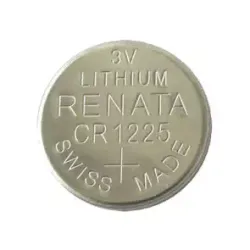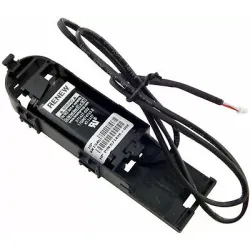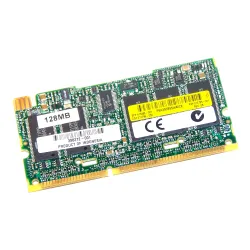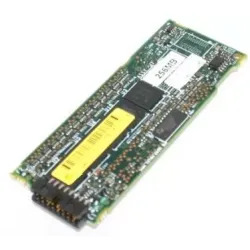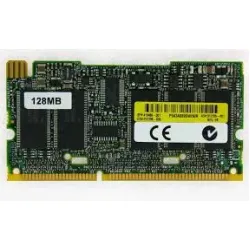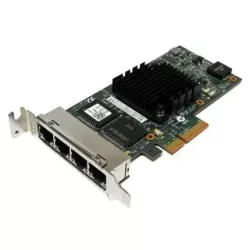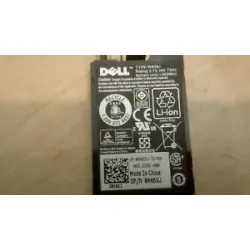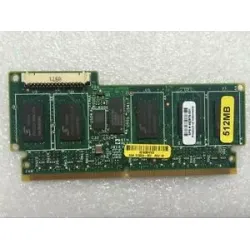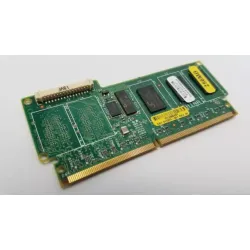The Importance And Management of Cache/Raid Batteries
Importance of Cache/Raid Batteries for Data Centers
Cache/Raid Batteries are an essential component for data centers. These batteries are used to power the cache and RAID controllers of a server in the event of a power outage or sudden system shutdown. Here are some of the reasons why cache/RAID batteries are crucial for data centers:
Data Protection:
Cache/Raid Batteries are responsible for protecting data in the event of a power failure or unexpected shutdown. If a server loses power abruptly, data that has not yet been written to the disk may be lost. However, with Cache/Raid Batteries, the data is temporarily stored on the battery until power is restored. This ensures that no data is lost and that the server can resume operations seamlessly.
Performance:
Cache/Raid Batteries can significantly improve the performance of servers. By using the cache, frequently accessed data is stored in a memory buffer on the battery, making it quicker to access. This can speed up data access and retrieval times, which can be critical in high-performance computing environments.
Cost Savings:
Cache/Raid Batteries can help to reduce the cost of maintaining a data center. By using a battery backup, businesses can avoid costly downtime and data loss. This can help to improve overall system uptime, reducing the need for costly repairs and downtime.
Scalability:
Cache/Raid Batteries are scalable, meaning that they can be added to existing systems as needed. This allows businesses to increase their capacity and performance over time, without having to replace entire systems.
In conclusion, Cache/Raid Batteries are crucial for data centers, as they provide data protection, improved performance, cost savings, and scalability. Without these batteries, data centers would be at risk of losing critical data and experiencing costly downtime.
Common Cache/Raid Battery Technologies
There are several common cache/RAID battery technologies used in data centers today, including:
Lithium-ion (Li-ion) batteries:
Li-ion batteries are commonly used in cache/RAID applications due to their high energy density, long lifespan, and low maintenance requirements. They are also lightweight, making them easy to install and replace.
Nickel-cadmium (NiCd) batteries:
NiCd batteries are a popular choice for cache/RAID applications due to their reliability, durability, and ability to handle high temperatures. However, they are less energy-efficient than other battery types and require regular maintenance to prevent memory effects.
Nickel-metal hydride (NiMH) batteries:
NiMH batteries offer a higher energy density than NiCd batteries and are more environmentally friendly due to their lack of toxic materials. However, they are less durable than other battery types and can suffer from memory effects if not maintained properly.
Lead-acid batteries:
Lead-acid batteries are an older technology used in some cache/RAID applications. They are relatively inexpensive and have a long lifespan, but they are heavy and require regular maintenance.
Supercapacitors:
Supercapacitors are an emerging technology that offers high power density and quick charging times. However, they have a lower energy density than traditional batteries, making them less suitable for applications requiring long backup times.
Overall, the choice of cache/RAID battery technology will depend on factors such as cost, reliability, energy efficiency, and maintenance requirements, as well as the specific needs of the data center.
Cache/Raid Battery Management Best Practices
Effective cache/RAID battery management is essential for maintaining the reliability and performance of data center operations. Here are some best practices for managing cache/RAID batteries:
Regular Maintenance:
Regular maintenance is critical for ensuring the optimal performance and longevity of cache/RAID batteries. This includes monitoring battery health and charge levels, performing regular battery testing, and replacing batteries that are no longer functioning properly.
Temperature Control:
Cache/RAID batteries are sensitive to temperature, and exposure to high temperatures can significantly reduce their lifespan. It's essential to keep the data center environment within the recommended temperature range for the batteries.
Proper Charging:
Proper charging is critical for maintaining the optimal performance of cache/RAID batteries. Avoid overcharging or undercharging the batteries, and use a charging system that is specifically designed for the battery type.
Monitoring:
Monitor the battery charge level regularly to ensure that the battery backup time is sufficient. It's also important to monitor for any issues that may affect battery performance, such as low voltage or high temperatures.
Replacement:
Cache/RAID batteries have a limited lifespan, and it's important to replace them when they reach the end of their life cycle. Establish a regular replacement schedule based on the battery manufacturer's recommendations.
Training:
Ensure that data center personnel responsible for battery management are trained on the proper handling and maintenance of cache/RAID batteries. This includes training on safe battery handling, charging, and replacement procedures.
By following these best practices for cache/RAID battery management, data center operators can ensure the reliability and performance of their battery backup systems, minimize downtime, and protect critical data.
A RAID cache battery, also known as a battery backup unit or cache battery, is a component of a RAID system that provides backup power to the cache memory on the RAID controller card.The cache memory on a RAID controller is used to temporarily store write operations before they are written to disk. If power is lost or the system crashes before the data is written to disk, the data in the cache memory can be lost or corrupted.
A cache battery, also known as a backup battery or battery backup unit, is used to provide backup power to the cache memory in a computer system. The cache battery is used to maintain the data stored in the cache memory in case of power failure or system shutdown. This helps to prevent data loss or corruption, and allows the system to quickly recover and resume operation once power is restored.
No, a RAID controller does not necessarily need a battery, but having one can provide important benefits such as improved performance and data protection.The cache memory on a RAID controller is used to temporarily store write operations before they are written to disk. If power is lost or the system crashes before the data is written to disk, the data in the cache memory can be lost or corrupted.
A RAID card battery, also known as a battery backup unit or cache battery, is used to provide backup power to the cache memory on a RAID controller card. The cache memory on the RAID card is used to temporarily store write operations before they are written to disk.

